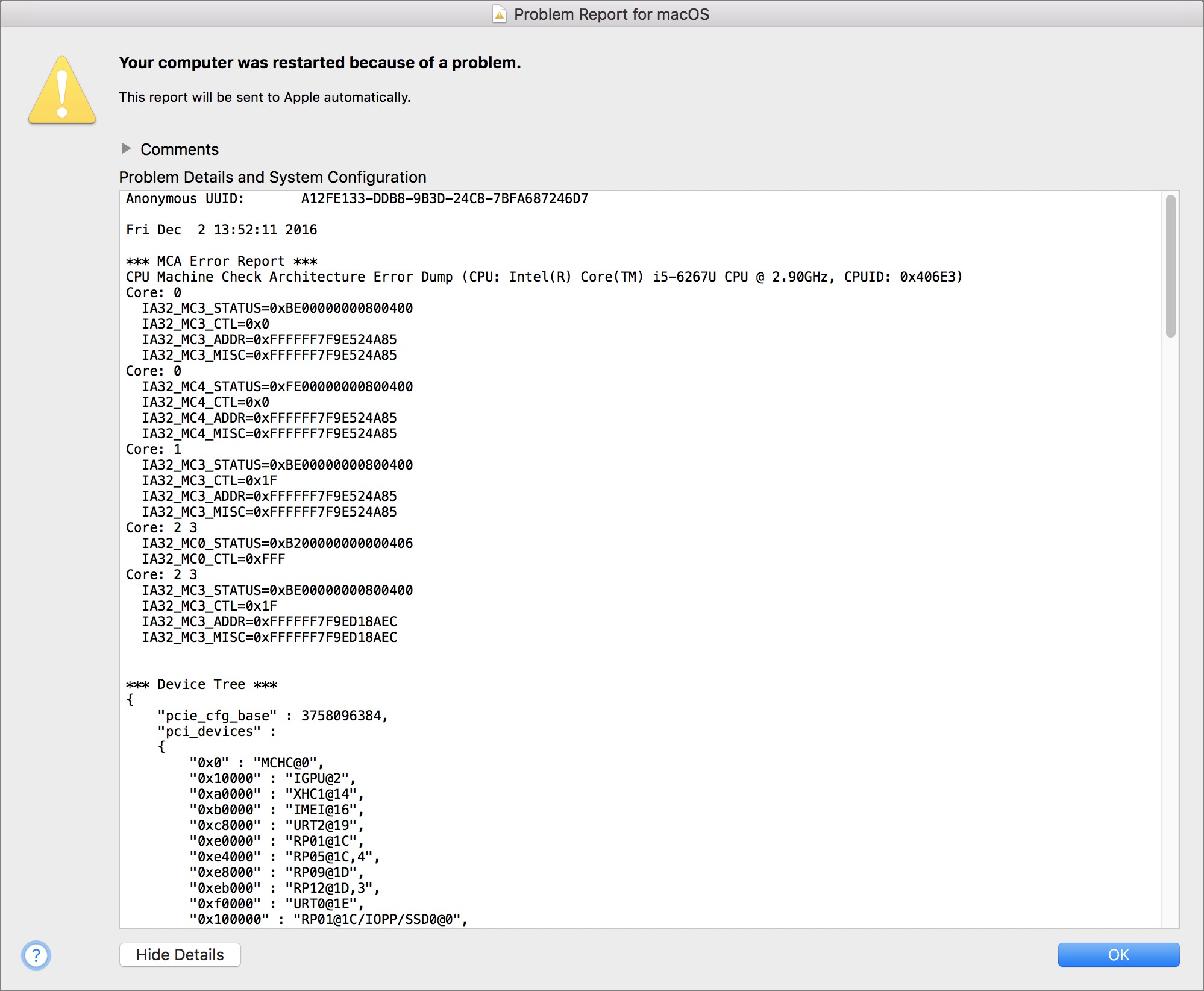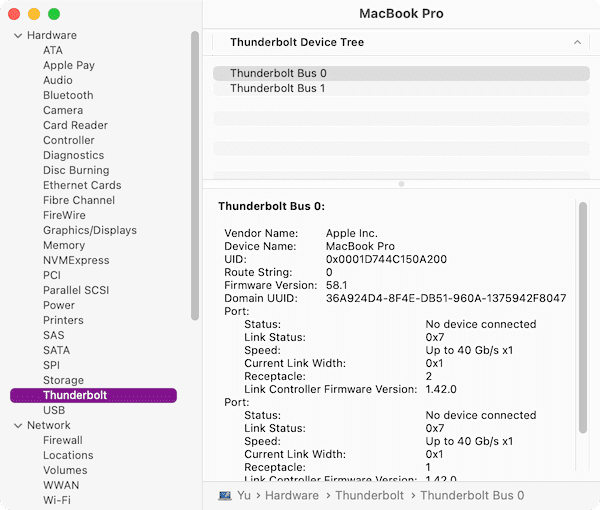

- #SEE PORT NUMBER FOR USB MAC HOW TO#
- #SEE PORT NUMBER FOR USB MAC PC#
- #SEE PORT NUMBER FOR USB MAC MAC#
If you need the data on the drive do not choose Erase or Restore!) Erase deletes all the data stored on the drive. (Restore allows you to erase the contents of the drive and replace that with data from somewhere else. First Aid will check the disk for errors and then repair the disk if necessary and this is the option to choose. Your options are First Aid, Erase and Restore.
#SEE PORT NUMBER FOR USB MAC MAC#
(If there is no volume listed your Mac is not able to access the drive. If your Mac has already mounted the drive the option Unmount will be displayed instead.
If it is there click on it and select Mount. If you can see the hard drive in Disk Utility check underneath it for a volume.Look in the column on the left to see if the hard drive appears there.

#SEE PORT NUMBER FOR USB MAC PC#
If the drive mounts on the PC it's likely that you have discovered what the problem is: the drive is formatted for PCs and can’t be read by your Mac.

The next step is to try plugging the drive into a PC. If it also fails to mount there you will know that there is a problem with the drive while if it does mount then the problem is with your Mac. The next step is to try plugging the drive into another Mac. Or if you only have the one, plug another device in and see if that works ok. Similarly, if you are using a USB port via a hub check that’s not what’s causing the problem.Īlso check that the port on your Mac isn’t the problem. Try using a different cable with the drive to see if that fixes the problem. On the subject of cables, make sure that it’s not at fault. Similarly, make sure that the drive doesn't have an external power supply it should be using. Very old Macs may require a USB power cable, a cable that splits into two USB connectors that need to both be plugged into your Mac, in order to deliver enough power to the drive. If the drive is powered via a USB-A cable you need to check that adequate power is being delivered to the drive. One of the main reasons why drives fail to mount is if the drive isn’t receiving enough power. The problem might be with the cable though. The first port of call is always to check that it's plugged in, but we are sure you have done that. If it was already set up so that the external drive would appear on the desktop then continue to follow the steps below. Choose Preferences > General and make sure that there is a tick beside External Drives.Click on Finder in the menu at the top of your screen.Try the following to make sure your Mac is set to show mounted drives on the desktop. Hopefully there is a really easy fix to get the hard drive to mount on your desktop. If you run though the following steps you should hopefully be able to identify the cause and fix the problem that is stopping your external drive from opening on your Mac. It may have been formatted incorrectly, it may be corrupted, it may have a faulty (or inadequate) cable, or there could be something else. There are a number of reasons why your hard drive, flash drive, USB drive, or SSD might not be showing up.
#SEE PORT NUMBER FOR USB MAC HOW TO#
How to fix a drive that won't show up on a Mac If you have a NAS drive that connects over the network then you should read this article about connecting to a NAS drive. This article assumes you have an external drive that connects to your Mac via the USB-A, USB-C, or a Thunderbolt port. We show you how to work out whether the reason the external drive is not mounting on your Mac up is due to a problem with the drive itself, the cable or the port, and how to resolve the problem and access data on your drive. If the drive is not showing up on your Mac chances are it has not been formatted correctly, has been corrupted, or is faulty. You can also see it in the Finder in the left column under Locations (or Devices on older versions of macOS). Normally when you plug in an external hard drive to your Mac's USB port you will see it appear on the desktop (aka mount on the desktop).


 0 kommentar(er)
0 kommentar(er)
